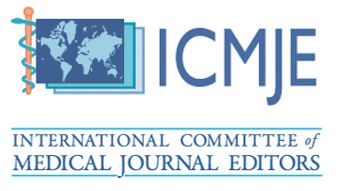Vertical Root Fracture and Gingival Fenestration Closure: A Detailed Case Report
Carolina Escárate Argandoña1*, Daniel Fontboté Riesco2, Monserrat Soto Díaz3
1DDS, Periodontist and Professor, Pontificia Universidad Catolica de Chile, Santiago, Chile.
2DDS, Implantologist and Professor, Pontificia Universidad Cato lica de Chile, Santiago, Chile.
3Ungraduate Student, Pontificia Universidad Cato lica de Chile, Santiago, Chile.
*Corresponding Author: Carolina Escarate Argandona, DDS, Periodontist and Professor, Pontificia Universidad Catolica de Chile, Santiago, Chile.
https://doi.org/10.58624/SVOADE.2025.06.014
Received: January 16, 2025
Published: June 03, 2025
Citation: Argandona CE, Riesco DF, Díaz MS. Vertical Root Fracture and Gingival Fenestration Closure: A Detailed Case Report. SVOA Dentistry 2025, 6:3, 85-89. doi: 10.58624/SVOADE.2025.06.014
Abstract
Crown-root fractures are among the most challenging dental traumas to treat, requiring a multidisciplinary approach. This type of fracture starts in the crown and extends obliquely into the root. Subgingival fractures complicate restoration and need thorough assessment. Vertical root fractures (VRFs) usually lead to extraction and feature a longitudinal crack in the root. Identifying a VRF can be difficult for both general dentists and endodontists, and they can occur in both treated and untreated teeth. Symptoms may mimic endodontic or periodontal diseases, making diagnosis challenging. In terms of subsequent oral rehabilitation, dental implant placement has emerged as a viable option for restoring masticatory function and aesthetic considerations. This report presents a clinical case in which immediate implant placement, accompanied by connective tissue grafting, was employed in a patient exhibiting a vertical root fracture.
Keywords: Crown-Root Fractures, Vertical Root Fractures, Immediate Implant Placement, Connective Tissue Grafting











